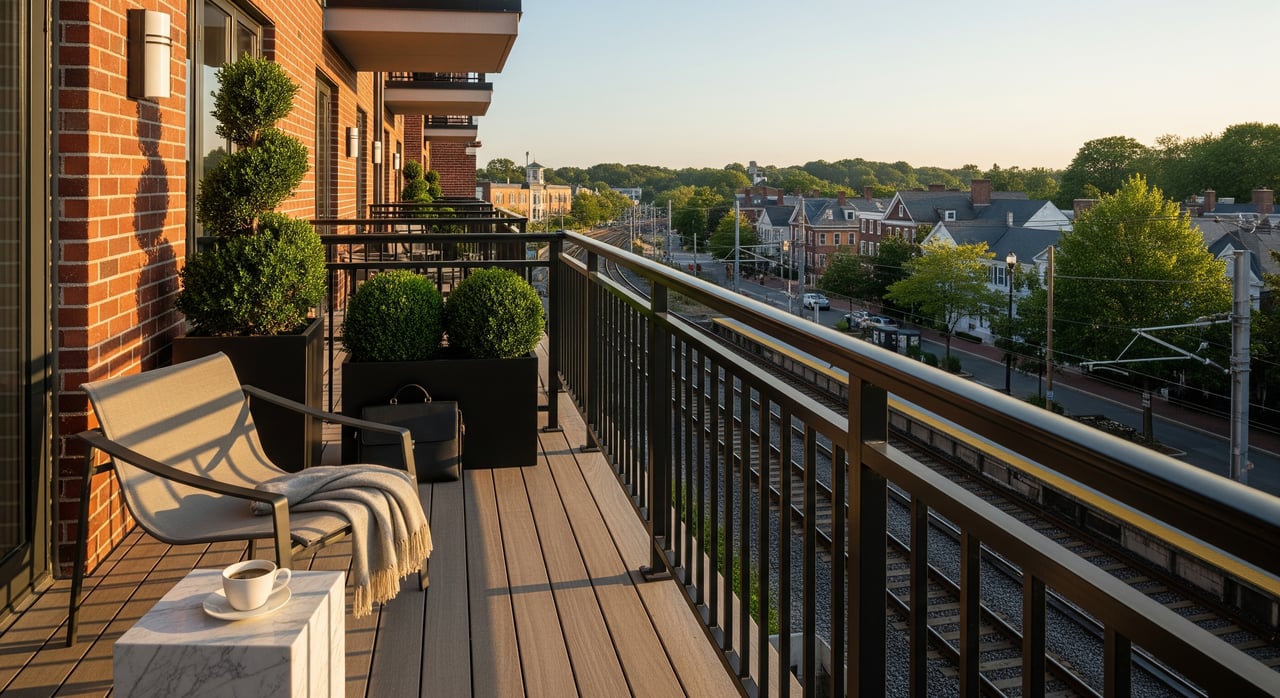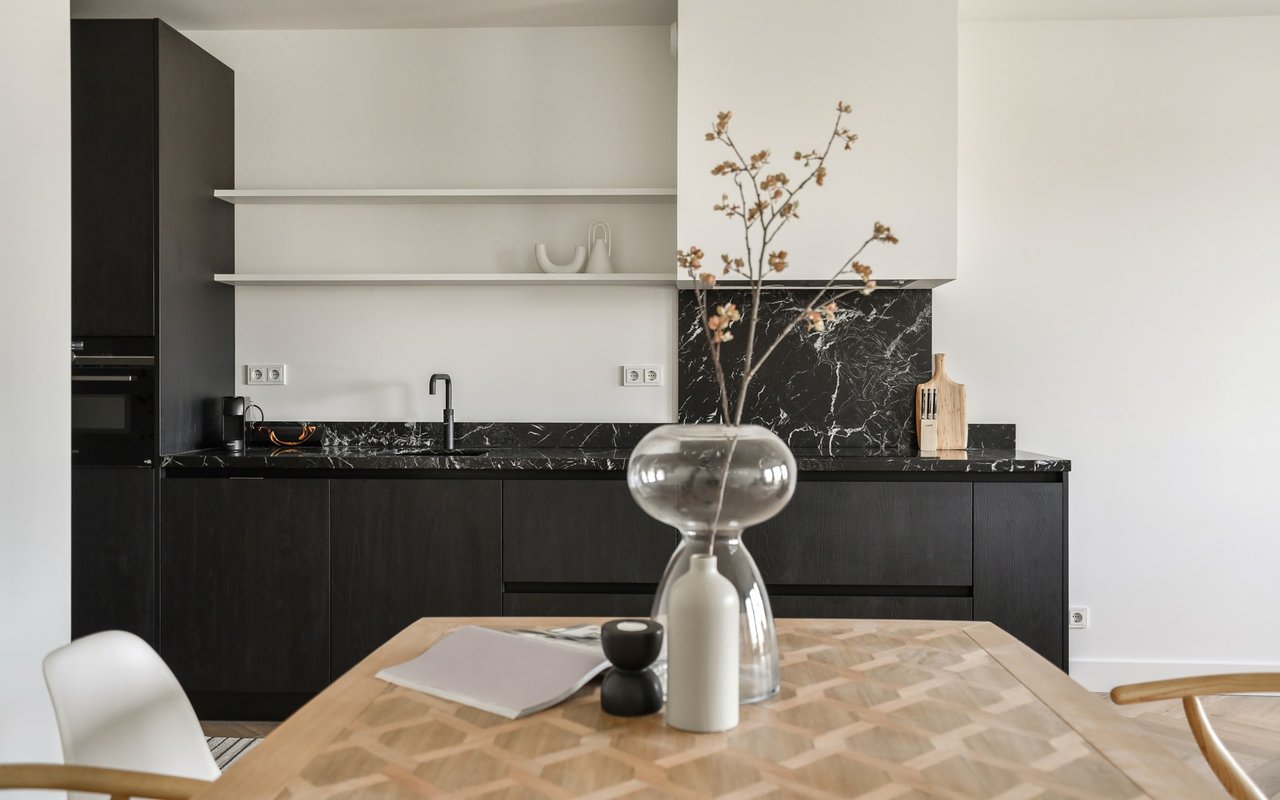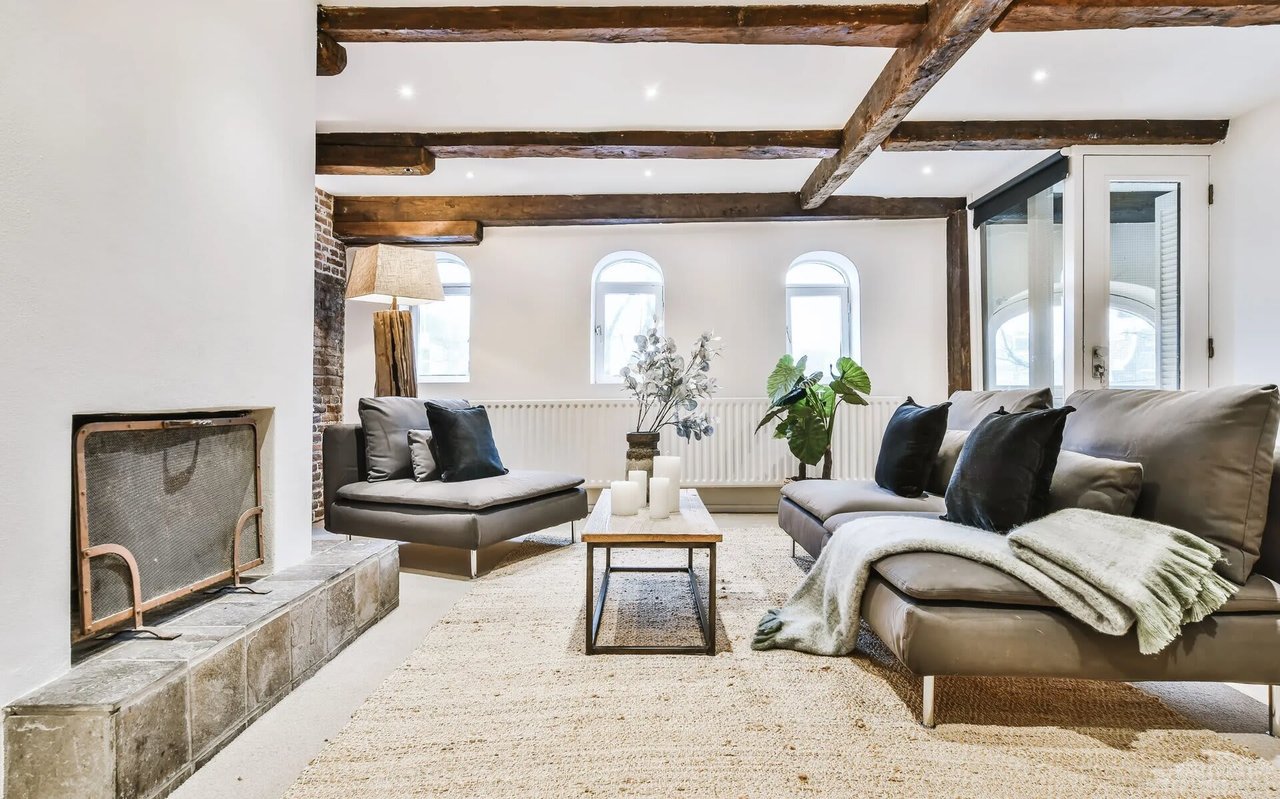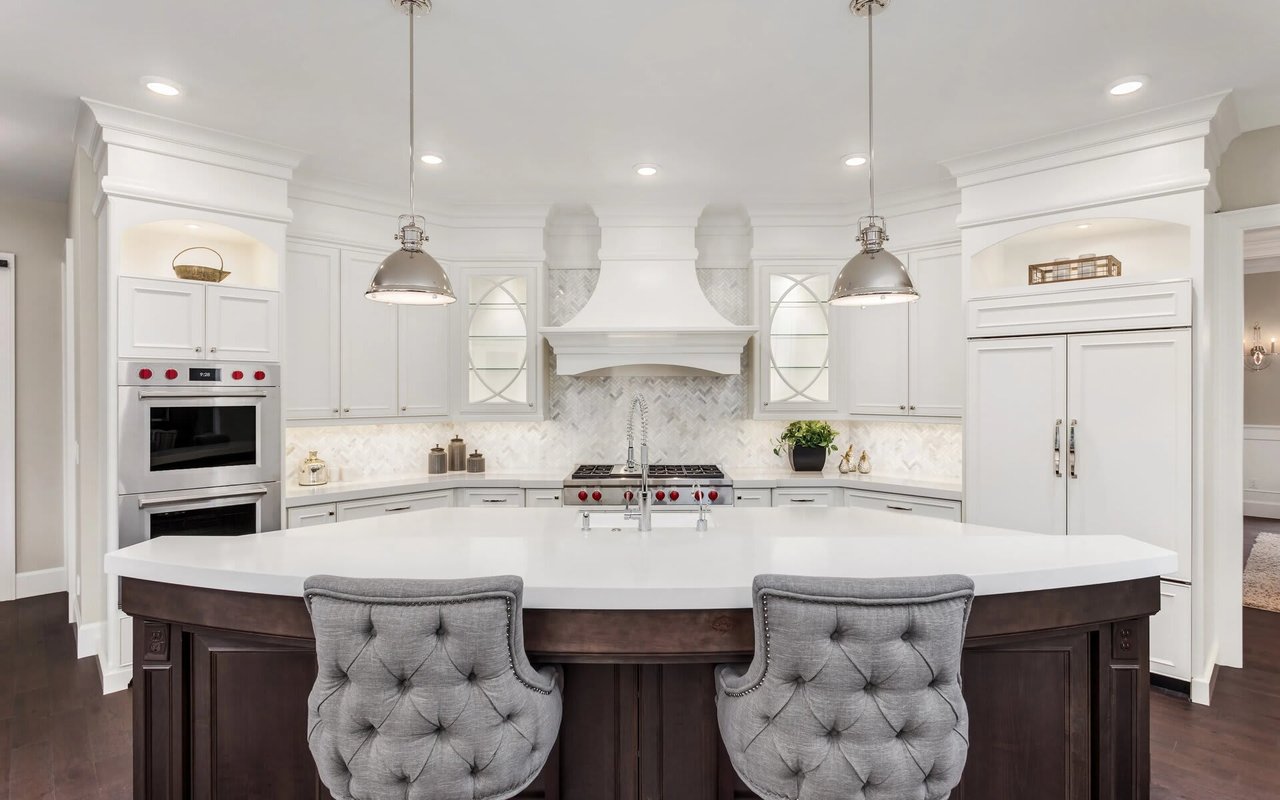
Choosing The Right Wellesley Listing Agent

Jumbo Loans In Newton: What To Know

Wellesley Neighborhoods: A Village-by-Village Guide

Living Near The Commuter Rail In Natick

Smelling Your Home
For those buyers who are sensitive to their senses, they can often get a feel for the history of the house.

Selling Your Home: Which Offer to Choose?
Here are a few tips to help you when you find yourself in this scenario.

Pricing to Do’s and Not to Do’s When Selling Your Home
The goal is to have your listing price approximate your selling price.

The Post Offer Timeline for Buyers
I hope that putting all of this in writing will help my buyer clients as well as other buyers in need.

Home-Buying Tips to Beat the Spring Market
Here are strategies you can use to help you compete in the Spring home-buying market.